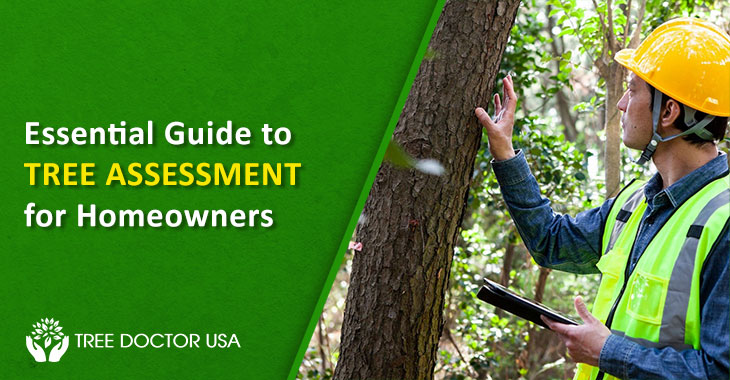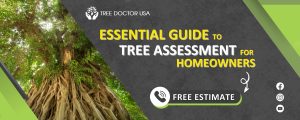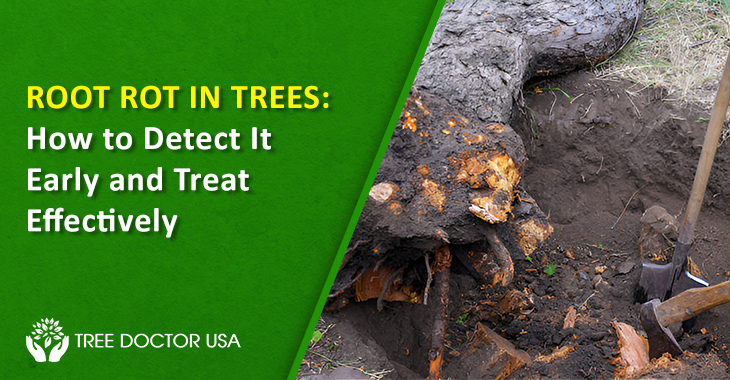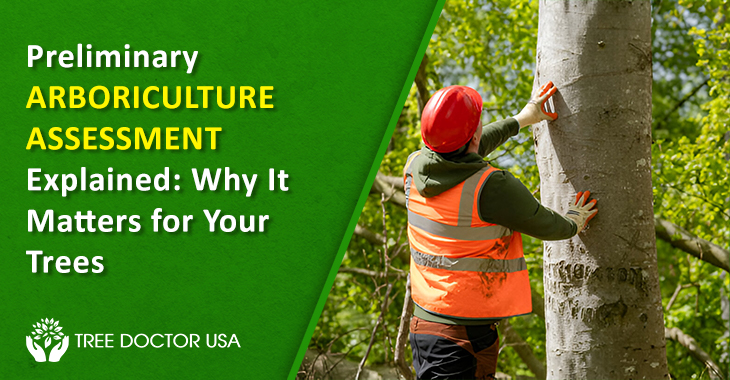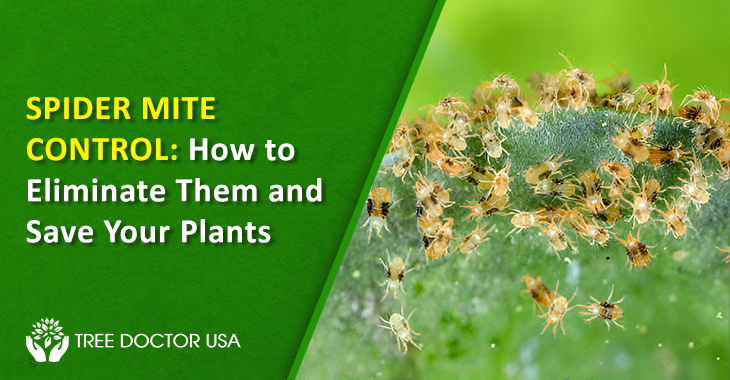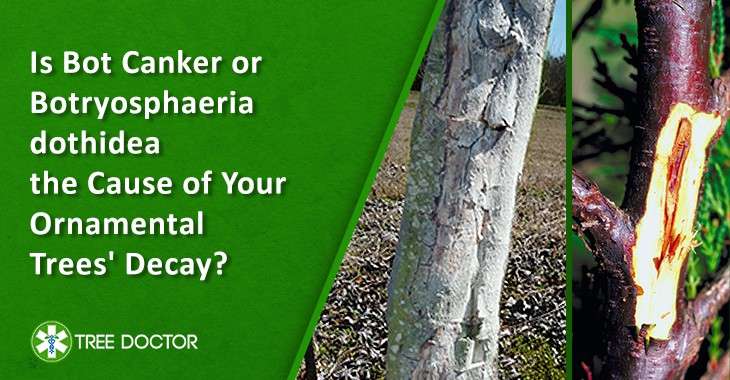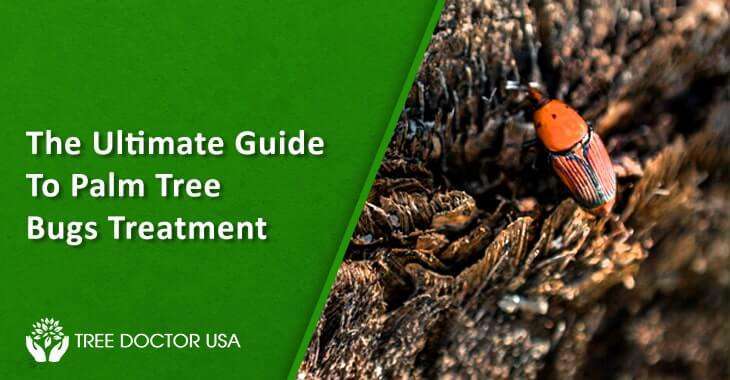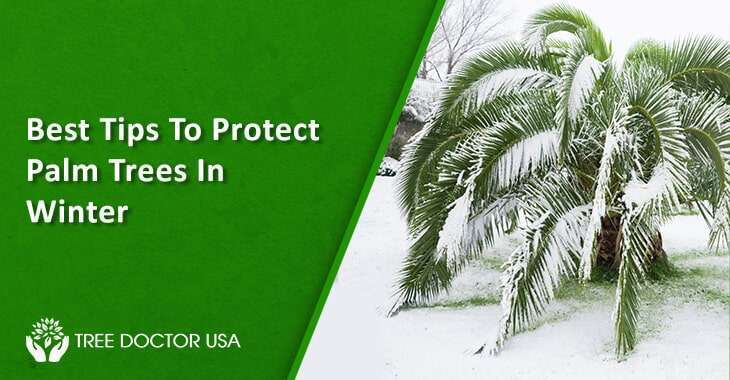Essential Guide to Tree Assessment for Homeowners
Trees enhance the aesthetics and worth of our houses. They offer shelter, enhance air purity and establish a delightful setting. Nevertheless, ensuring their well-being and safety entails consistent evaluations. Trees may become frail or sick without adequate attention, potentially endangering your property and loved ones. This guide will assist homeowners in comprehending the importance of tree assessment. We will outline the advantages of routine inspections and demonstrate the proper way to conduct them.
Key Points You Require Tree Assessment
Safety concerns
Trees with weak branches or leaning trees can pose a potential risk. Regular checks can aid in avoiding accidents.
Tree Health
Assessing your trees helps you spot signs of disease or pests early. This keeps your trees healthy and thriving.
Visual attractiveness
Frequent evaluations assist in maintaining the optimal appearance of your trees. This adds to the attractiveness of your lawn.
Advantages for the environment
Strong trees offer shade, lessen air pollution and help wildlife. Inspecting your trees guarantee they keep providing these advantages.
Storm Preparedness
Before storm season, it’s good to check your trees. This helps you spot any weak branches that might fall during high winds.
Legal Responsibilities
Homeowners are responsible for their trees. Regular assessments can help you avoid potential legal issues if a tree were to cause damage.
Preventing Future Problems
Early detection of issues like root problems or soil compaction can prevent more significant issues later on. This saves time and money.
Enjoyment of Outdoor Space
Healthy trees create a pleasant environment for outdoor activities. Regular assessments ensure your yard remains a great place to relax.
Tree assessment for Homeowners Involves Several Steps
Look at the Whole Tree
Stand back and take a good look at the tree from different angles. Check if it’s leaning or has an uneven shape. A leaning tree might be a sign of root problems.
Inspect the Trunk
Take a walk around the tree’s bottom and look for any crevices, gaps, or spots where the bark is absent. These can be signs of disease or decay. Tap the trunk with a small hammer; a hollow sound can indicate internal decay.
Check the Roots
Look at the base of the tree where the roots are. Look for mushrooms or fungus, which can mean the roots are rotting. Make sure the soil around the tree isn’t eroding.
Look at the Branches
Check if the branches are dead or alive. Bend a small twig; it should bend easily and not break. Dead branches are brittle and break easily. Remove any dead branches to prevent them from falling.
Inspect for insects
Search for indications of bugs or vermin. Holes in leaves or bark, wood shavings or strange leaf patterns may suggest a pest infestation. Various pests necessitate varying forms of treatment.
Monitor Seasonal Changes
Watch your tree through different seasons. Note any changes in leaf color, the appearance of flowers, or fruit production. Consistent problems can indicate underlying issues.
Seek Professional Help
In case you come across any issues that you cannot resolve or comprehend, reach out to a licensed arborist. They can offer a comprehensive evaluation and suggest potential fixes.
Why Hire Professionals for Tree Assessment?
Expert Knowledge
Professionals know a lot about trees. They understand different species and their specific needs.
Safety First
Climbing trees and handling tools can be dangerous. Experts have the right training and equipment to do it safely.
Early Problem Detection
They can spot issues that aren’t obvious. Early detection of diseases or pests can save your tree.
Proper Treatment
Professionals are knowledgeable about the most effective ways to address any issues that may arise. They can suggest the correct answers.
Prevent Property Damage
They can assess the risk of a tree falling and causing damage. This helps keep your home and family safe.
Saving Time and Effort
Evaluating trees may involve a significant amount of time and dedication. Professionals handle all responsibilities for you, enabling you to conserve time and effort.
Maintenance and Care Practices
Watering
Trees require a steady provision of water, particularly during the initial growth period. To encourage strong root growth, make sure to water your plants thoroughly without causing waterlogging. The best times for watering to reduce evaporation are early in the morning or late in the evening.
Mulching
Add a covering of mulch under the tree. Mulch helps to keep the soil moist, maintain temperature and prevent weeds from growing. To prevent decomposition, be sure to leave a small gap between the base of the tree and the mulch.
Pruning
Trim your trees to eliminate any dead or unhealthy branches. This aids in enhancing the airflow and increasing the penetration of sunlight. Utilize precise, well-maintained equipment and trim at a slight angle while cutting in the direction opposite of the bud.
Applying fertilizer
Ensure to apply fertilizer to your trees either in early spring or late autumn. Utilize a time-release fertilizer suitable for the specific tree species. This aids in supplying necessary nutrients and supports the overall growth of health.
Inspecting for Pests
Create a habit of inspecting your trees regularly for indications of pest infestations. Search for gaps in foliage, adhesive substances, or unusual growths. Detecting pests early allows for their control before significant harm is done.
Protecting from Damage
Safeguard your trees from being physically harmed by lawnmowers or weed trimmers. Utilize tree guards or establish a protective barrier around the tree’s base. Do not hammer or secure objects onto the tree.
Supporting Young Trees
Young trees might require stakes for stabilization until they are firmly rooted. Utilize gentle restraints to prevent harm to the tree’s outer layer. Take out the stakes one year later to let the tree develop on its own.
Evaluating the Health of Soil
Tree growth depends on the presence of healthy soil. Evaluate the pH and nutrient levels of your soil through testing. If needed, add organic materials to the soil to make sure it is both fertile and drains well.
Observing Development
Monitor the overall development of your trees. Observe any variations in leaf color, rate of growth, or bark condition. Continuous monitoring assists in identifying issues at an early stage.
Final Words
Taking care of your trees is more than just appearances; it’s also about ensuring safety and promoting long-term wellness. Regular tree assessment helps spot problems early, saving time and money.
Healthy trees make your property look better and keep your environment safe. You can handle some basic tree care on your own. However, hiring a skilled expert from Tree Doctor USA is important to ensure your trees get the best care possible.
Maintain the health of your trees with routine evaluations and seek professional assistance as necessary to have a stunning, secure outdoor area.

